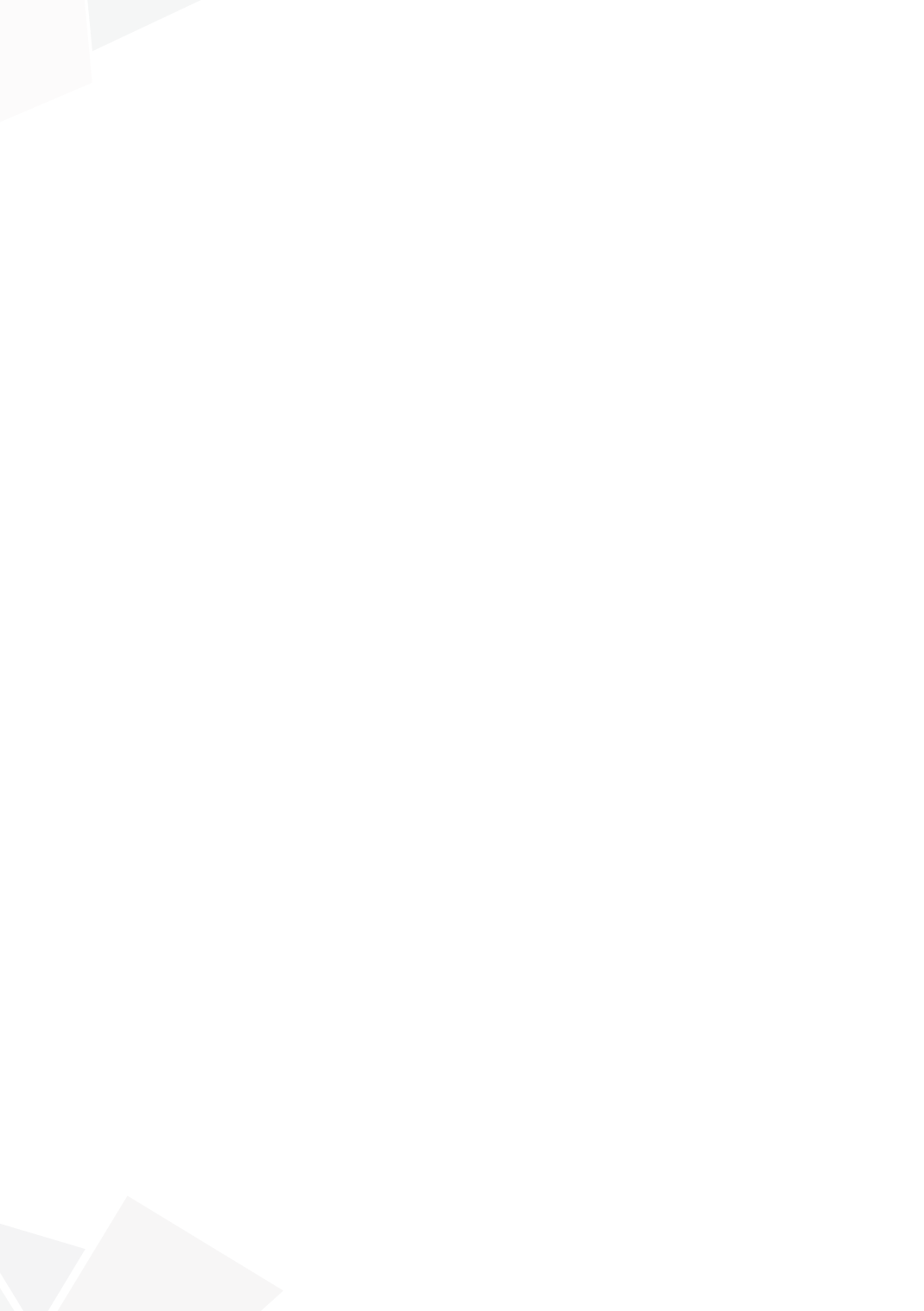

75
19–22 APRIL, 2017, BARCELONA, SPAIN
MATERIAL AND METHODS
In total, 435 nuclear medicine investigations of the kidneys were evaluated, thereof 365 retrospec-
tively and 70 prospectively. The data was acquired by using the patient information system (SAP),
by questioning the parents, the patients (>5years) as well as the nuclear medicine staff.
RESULTS
Sedation was indicated - individually and age-dependent - prior to 23,4% (102/435) of all investiga-
tions in accordance to our local established dosing regimen. Most frequently sedation with (96%)
Chlorprothixen was used. In 3,9% sedation led to minor complications (nausea, vomiting, agitation).
In 0.7% (3/435) of patients the investigation was interrupted, in one patient due to a strong restless-
ness and in two patients (0.44%) due to extravasation of the tracer. Motion artefacts were reported
in 11,4%(8/70) of all prospectively evaluated studies.
86% (60/70) of the parents would agree to perform the investigation under the same conditions
again, if necessary. 91% (66/70) of the parents stated that performing the same procedure under
general anesthesia would be unacceptable.
CONCLUSIONS
Performing nuclear medicine imaging of kidneys in children without anaesthesia is feasible and
effective. Individual sedative usage depending on age, most commonly in children between one and
two years of age, guarantees accurate investigations with unimpaired diagnostic quality.









